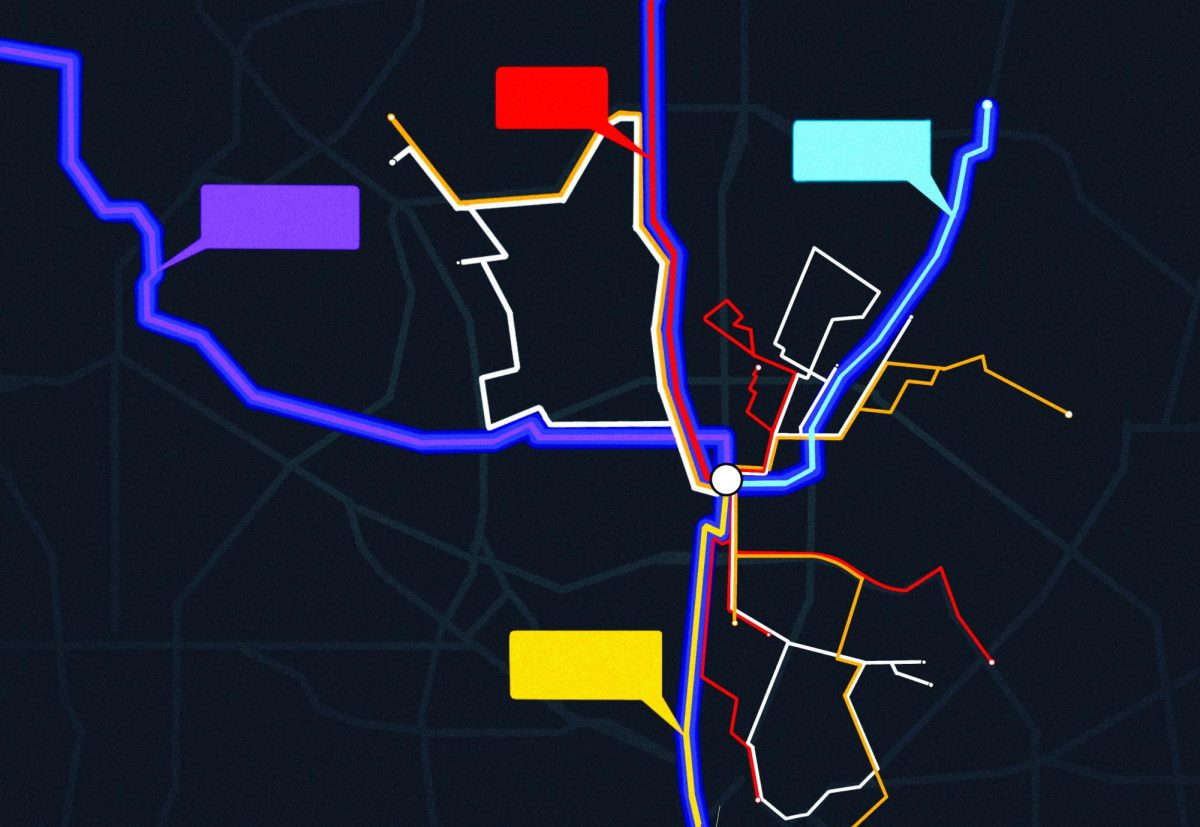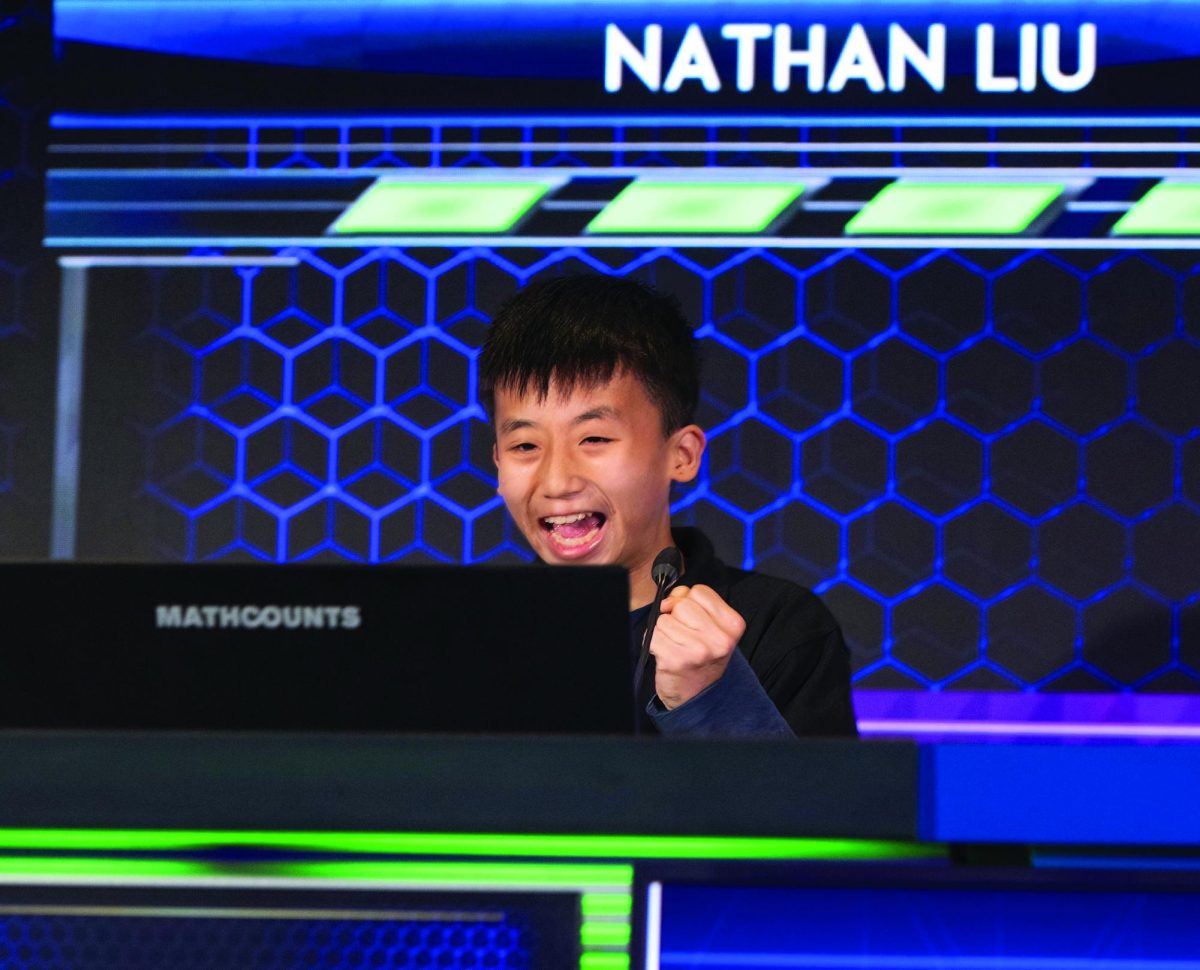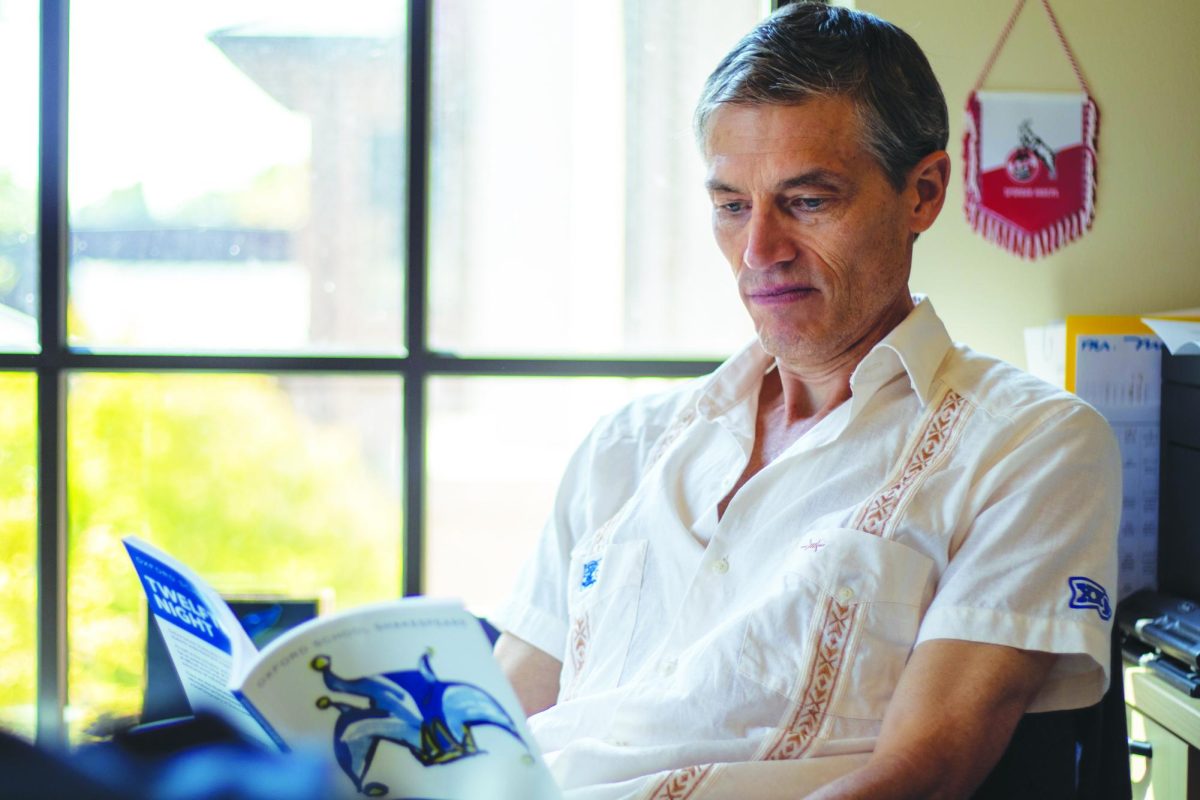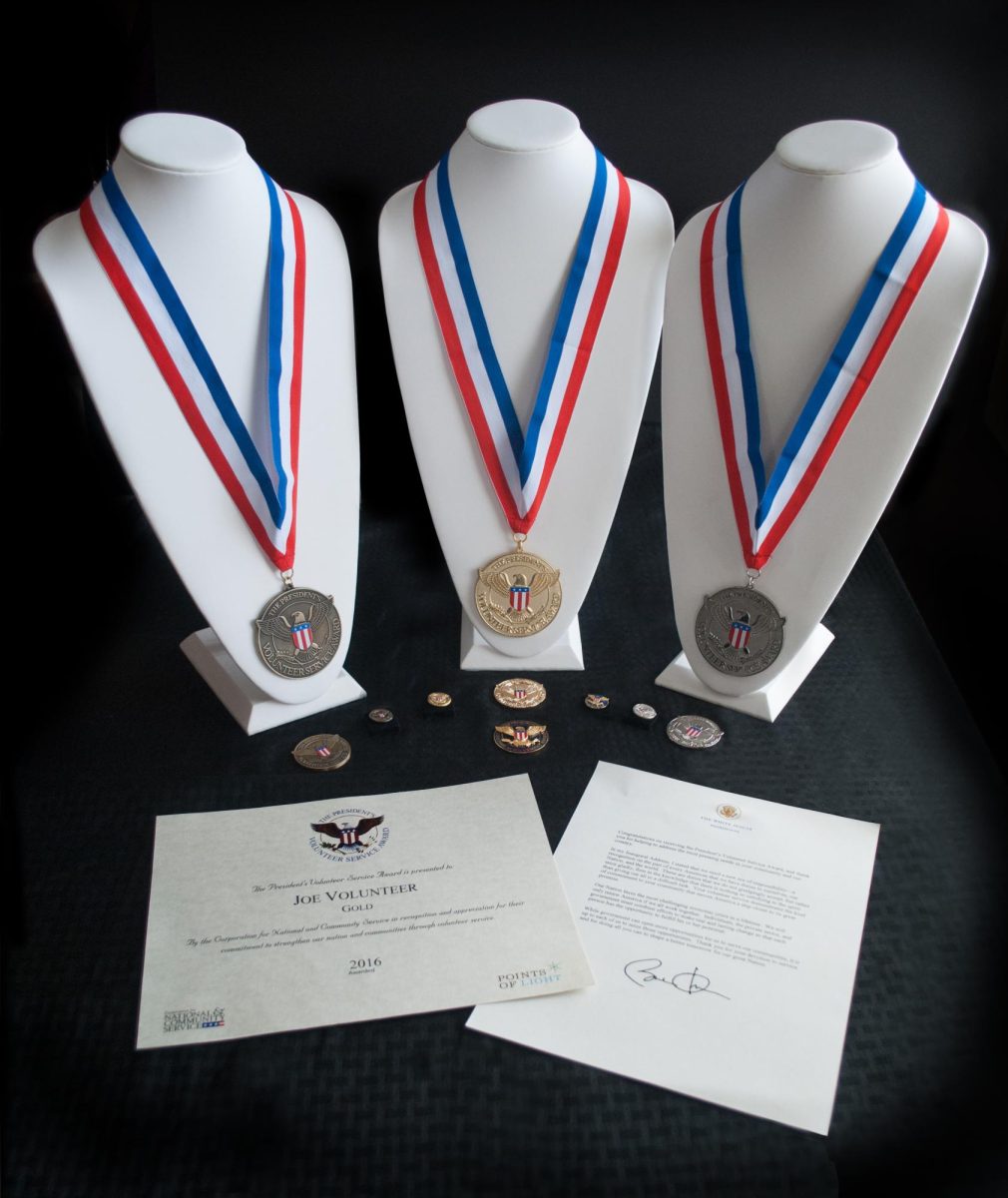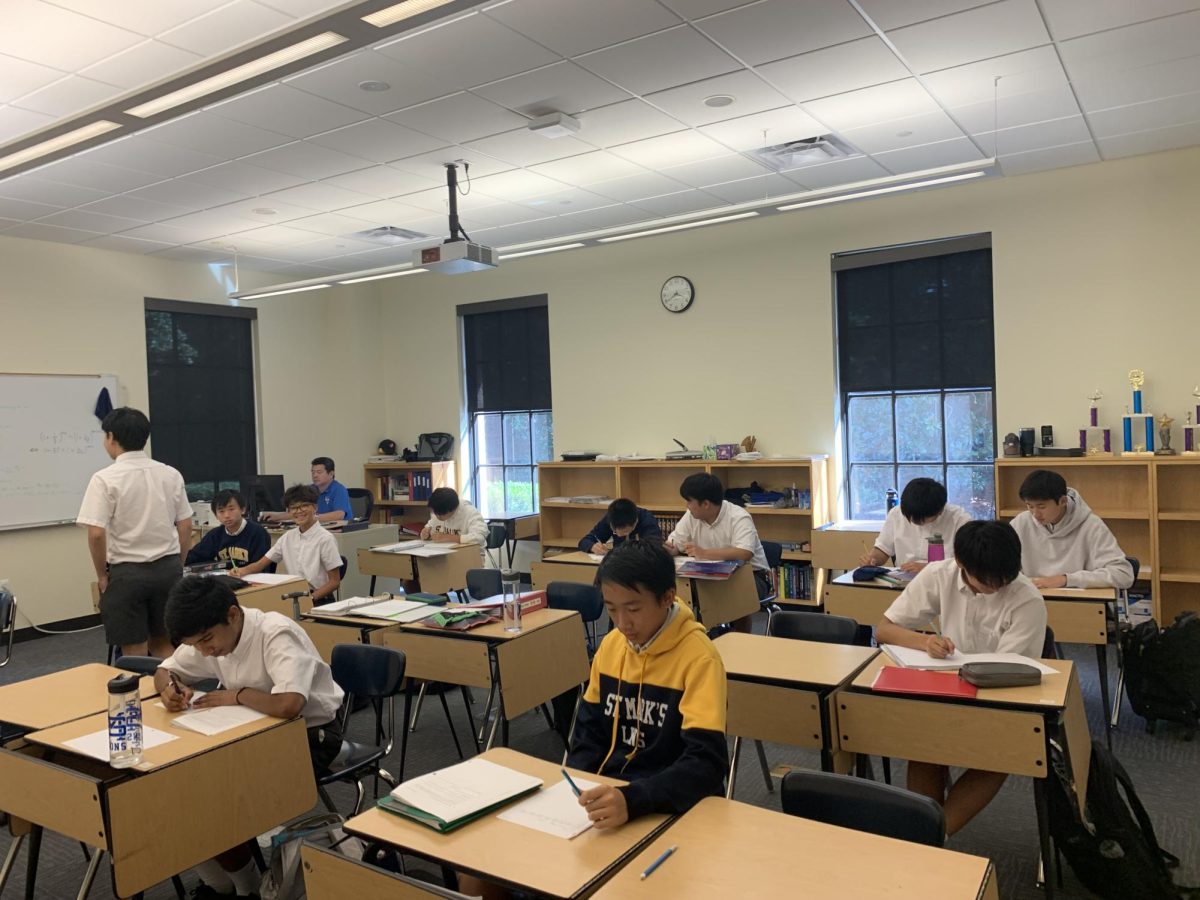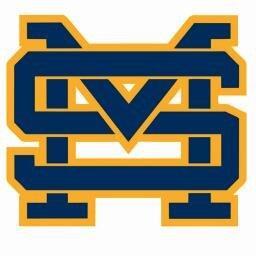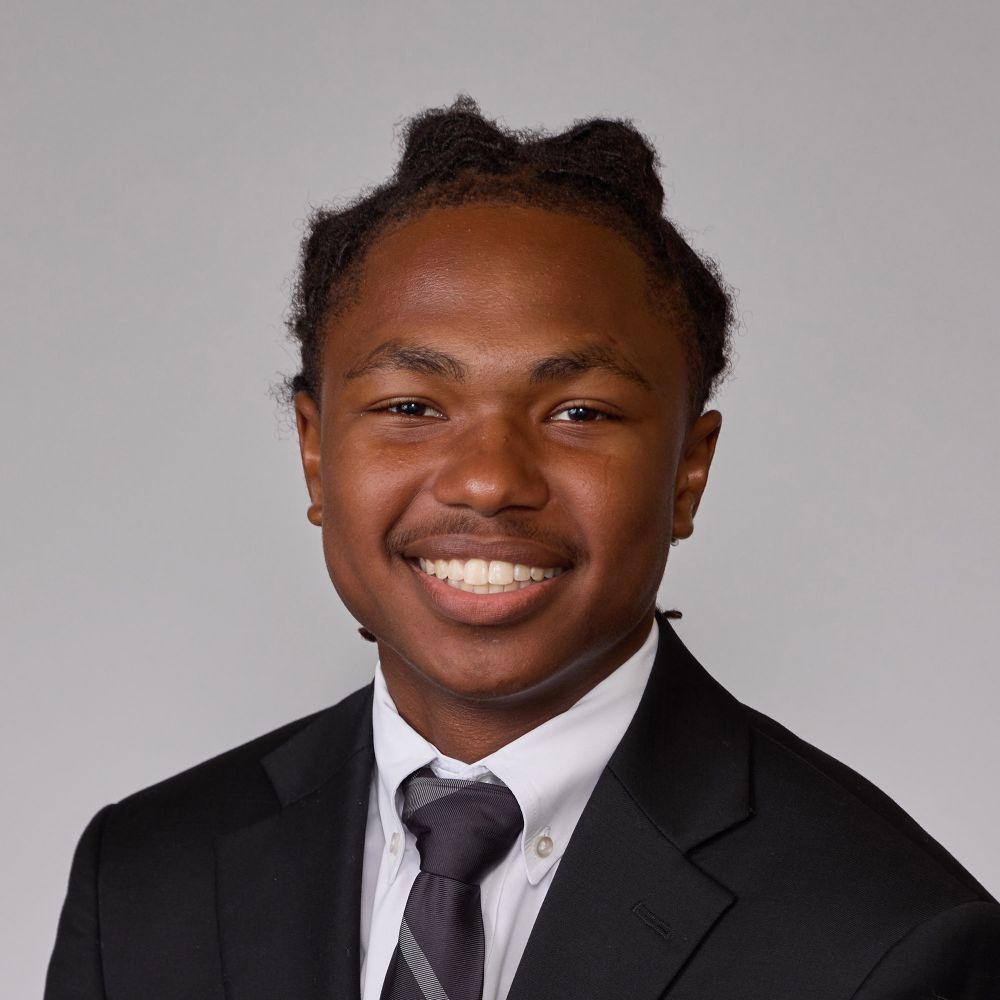NASA HUNCH is an engineering program that runs across America. St. Mark’s began its engagement with it last year. This year, freshmen Eric Zhang and sophmore Benjamin Standefer participated.
Nicholas Huang: How did the team make the competition?
Benjamin Standefer: Our team performed well at the local level and we advanced to the national level with our project, which was synthesizing medical data with artificial intelligence.
NH: How do you guys compete?
Eric Zhang: It’s sort of like a science fair. We have a bunch of these different topics, and we tried to diagnose different diseases that happen in space using AI in a fast and efficient way. The aim of our project is to use these various AI techniques to create a system that astronauts can use easily to detect diseases early on.
NH: What did you learn from the experience?
BS: I haven’t had a lot of computer science exposure in my life. I’ve played around with languages because my dad’s a software engineer, but I mostly handle the biology side. It was good for me to get an exposure to what AI can really do in terms of statistics and analyzing data.
EZ: Since I was a computer science guy in this project, I think I really saw how coding and AI can be used in a real world situation, and I saw how we can make that into an actual product.
NH: What motivated you guys to want to start doing the project?
BS: My first year it was originally pitched as kind of a substitute for a robotics program where you didn’t need to have that heavy time commitment. It was also a perfect combination of our skills.
NH: Can you guys give specific examples of what you did?
EZ: We started out with a literature review. So we basically went out, did a bunch of research, compiled all this information. Through Benjamin’s understanding of the biology side and my understanding of what we could do with computer science, we came to the idea of creating a framework that will generate AI models. And from there, we can train on various datasets that we determined were applicable to a space environment. We were able to create a website to interface with that. And that’s how we created this whole entire system.
BS: We also created test patients with the datasets we got from online medical databases to understand what the patient experience would be like. It was mostly looking at diagnoses over a period of days, weeks, months, and finding patterns that we could exploit to make our framework accurate.
NH: How are you guys planning on expanding this next year?
EZ: There is potential for a partnership with NASA. So if that is able to happen, then we will just continue working with NASA.





